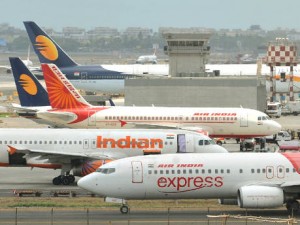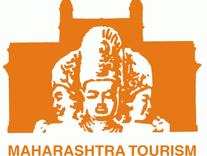The Directorate General of Civil Aviation (DGCA) has issued an advisory stating that airlines may consider using local language for in-flight announcements “to extent feasible”. Moreover, in order to enhance awareness about the cultural heritage of India, pilots can make in-flight announcements about important monuments or sites enroute the flight, the advisory said. Announcements in local language would be in addition to the ones made in Hindi and English, according to the DGCA advisory. The DGCA clarified in its latest advisory that airlines may make the aforementioned additional in-flight announcements without compromising any safety requirements or core job functions of crew members. “It is made clear that the above announcements be made without compromising safety of operations at any stage,” the advisory added. In 2016, the Airports Authority of India (AAI) had issued a circular asking airports under its control to make public announcements in the local language followed by Hindi and English. There are more than 100 operational airports in India. “To enhance awareness about cultural heritage of India, pilot can make in-flight announcement about the important monument or site (such as the Taj Mahal, the Konark Temple, the Ajanta Ellora, the Statue of Unity, etc), which are enroute the flight,” the DGCA advisory stated.
Read More »MOT identifies 17 attractions to be developed as Iconic Tourist Sites
The Ministry of Tourism has identified 17 sites in 12 clusters for development under Iconic Tourist Sites Development Project. The sites include Taj Mahal, Fatehpur Sikri, Ajanta & Ellora, Humayun’s Tomb, Red Fort, Qutub Minar, Colva beach, Amer Fort, Somnath, Dholavira, Khajuraho, Hampi, Mahabalipuram, Kaziranga, Kumarakom and Mahabodhi. The Ministry shall be developing the sites with focus on issues concerning connectivity to the destination, better facilities for the tourists at the site, skill development, involvement of local community, promotion & branding and by bringing in private investment. The monuments taken up for development fall under the jurisdiction of Archaeological Survey of India (ASI) and State Archaeology Departments. The Ministry will carry out interventions at these monuments in collaboration with the ASI and State Government, and all development plans will have elements of universal accessibility, cleanliness at the monuments, use of green technology and enhanced security for the tourists.
Read More »MTDC to assist JICA team for Ajanta Ellora tourism development project
Maharashtra Tourism Development Corporation (MTDC) will assist the Japan International Cooperation Agency (JICA) team for the Ajanta Ellora conservation and Tourism Development Project Phase II. JICA India office (JICA, New Delhi) had recently send a letter to Maharashtra Tourism Development Corporation regarding the external evaluation of the JICA ID – P150 ( i.e. AEDP – Phase II project). The JICA team will visit the sites between November 27, 2016, and December 24, 2016. Following the visit, studies will continue for almost one year, i.e. up to October 2017. Various respected diverse agencies have also assigned to complete the allocated components which include Central Government agencies such as ASI, AAI along with MTDC and other State Government Institutions, etc. Maharashtra Tourism Development Corporation and its branches have completed the assigned components given of the projects (for example, Ajanta Visitor Center and Ellora Visitor Center was completed by work branch of MTDC, Public Awareness by Publicity branch, HRD by Development Branch and IT related work by IT branch). MTDC has further requested its respective officer to note the tour program and assist JICA team. Satish Soni, Joint Managing Director of Maharashtra Tourism Development Corporation stated, “The Ajanta and Ellora Caves are UNESCO World Heritage Sites located in the Aurangabad district in the state of Maharashtra, approximately 400 km northeast of Mumbai. The Ajanta-Ellora Conservation and Tourism Development Project was initiated in 1992 and Phase I was initiated in March 1993. Phase I was successfully completed in 2004 and phase II was completed in-between year 2004 to 2017. Now external evaluation of phase II will take place in the year 2016 – 2017. Our aim is to conserve the cultural heritage and its surrounding environment, …
Read More » Tourism Breaking News
Tourism Breaking News


